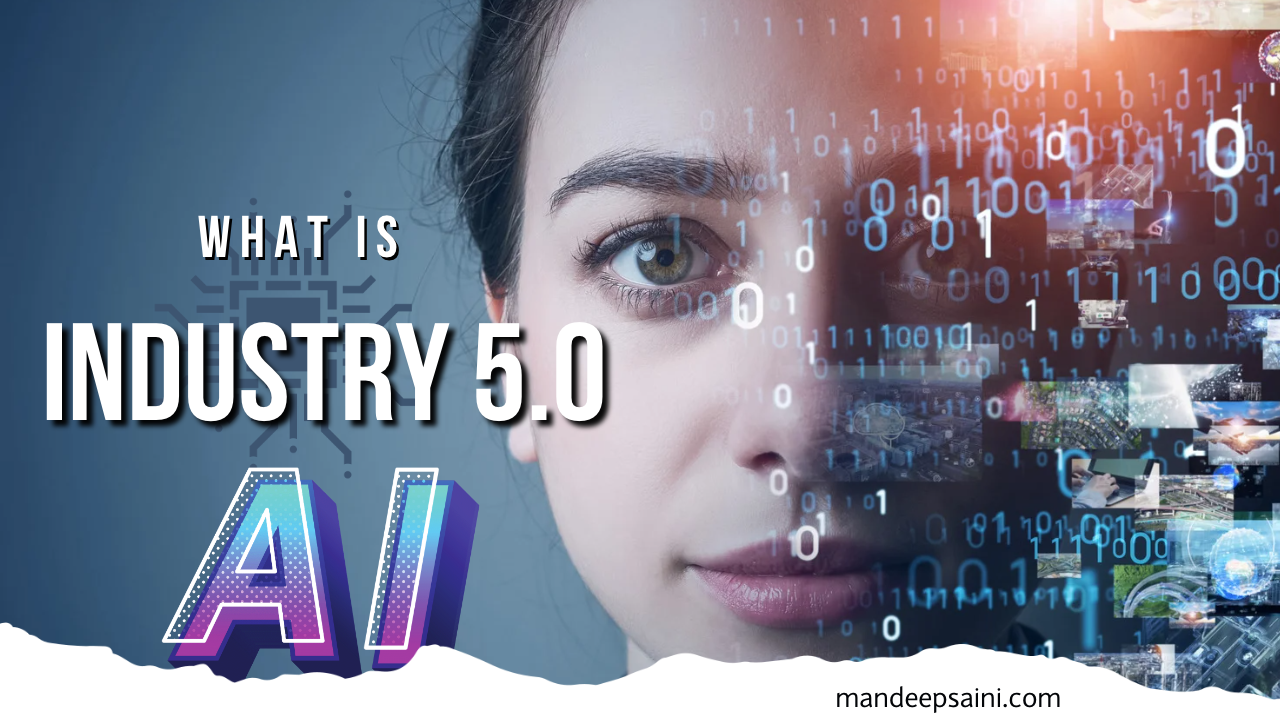What is Industry 5.0?
The Fourth Industrial Revolution, also known as Industry 4.0, has transformed the manufacturing sector through the integration of advanced technologies such as the Internet of Things (IoT), artificial intelligence (AI), and robotics. However, as the world continues to face new challenges such as climate change, pandemics, and geopolitical tensions, the need for a more sustainable and resilient approach to industry has become increasingly important. This has led to the emergence of Industry 5.0, which is characterized by a more human-centric approach to manufacturing.
Industry 5.0 builds on the foundation of Industry 4.0 but emphasizes the importance of human involvement in the manufacturing process. This means that while advanced technologies such as AI and robotics will continue to play a crucial role in manufacturing, they will be complemented by human expertise and creativity. The goal of Industry 5.0 is to create a more sustainable and resilient manufacturing sector that prioritizes the well- being of people and the environment.
One of the key drivers of Industry 5.0 is the focus on circular economy principles. This means that manufacturers will prioritize the use of renewable resources and minimize waste by repurposing and recycling materials.
Industry 5.0 also places a greater emphasis on local production, which reduces transportation emissions and supports local economies.
Another important aspect of Industry 5.0 is the use of digital platforms to enable collaboration and information sharing across the entire supply chain. This will allow manufacturers to respond more quickly to changing market conditions and consumer preferences. The use of blockchain technology will also play a significant role in Industry 5.0 by ensuring transparency and traceability throughout the supply chain.
As students and educators, it is essential to understand the evolution of Industry 4.0 to Industry 5.0 and the impact it will have on supply chains. The shift to Industry 5.0 will require new skills and competencies, particularly in the areas of sustainability, circular economy principles, and digital platforms. As a result, higher education institutions must adapt their curricula to ensure that students are equipped with the skills and knowledge necessary to succeed in this new era of manufacturing.
In conclusion, Industry 5.0 represents a new era of supply chain resilience and sustainability. By prioritizing human involvement, circular economy principles, and digital collaboration, manufacturers can create a more sustainable and resilient manufacturing sector that benefits both people and the planet. As students and educators, it is essential to understand the evolution of Industry 4.0 to Industry 5.0 and the impact it will have on supply chains to prepare for the future of manufacturing.





2 Comments
[…] Understanding Industry 5.0 […]
Industry 5.0 is human centric and people will be turning back to God to achieve its objectives.
Comments are closed.